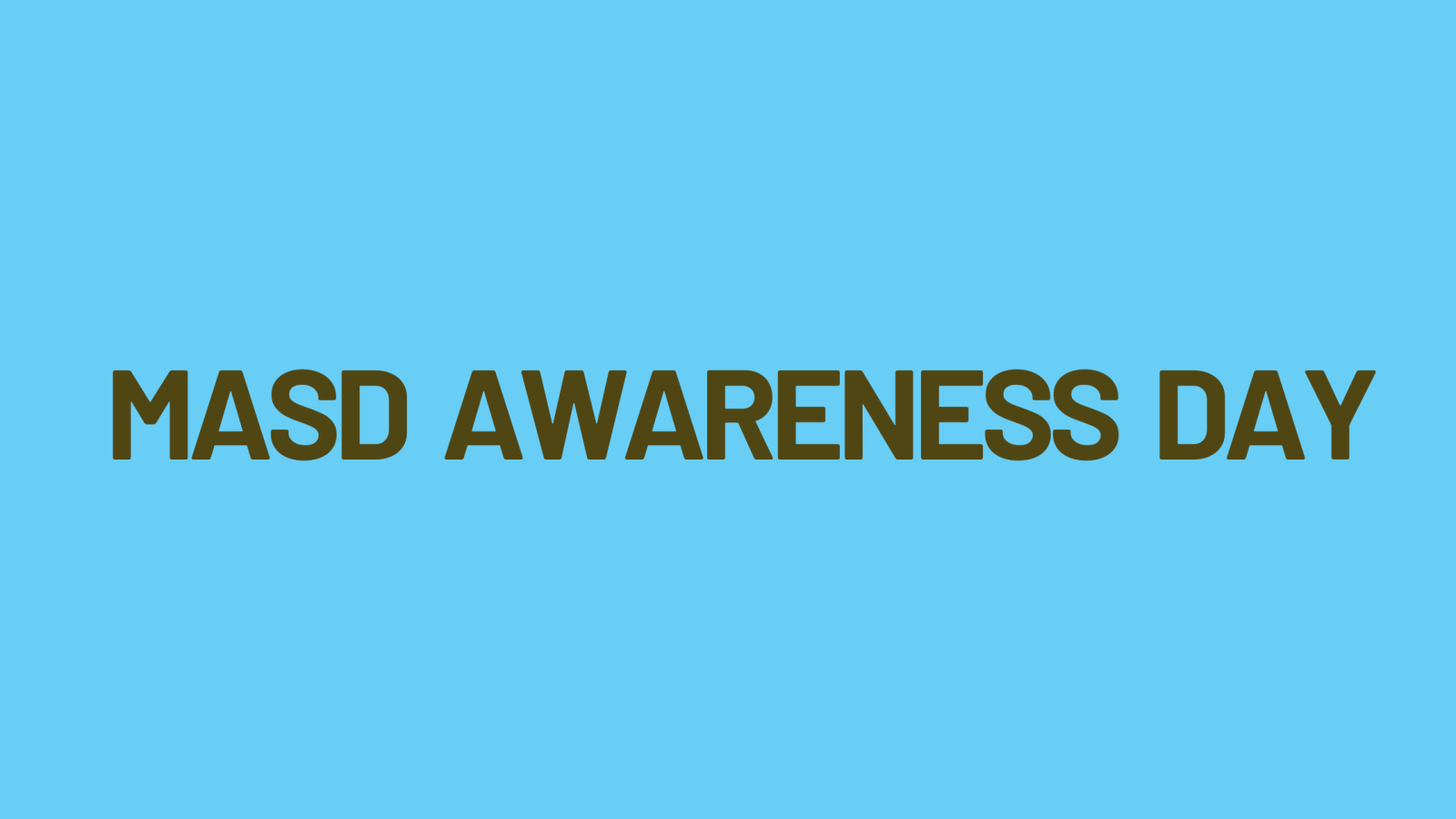After a successful event last year, MASD Awareness Day is back. And from now on, it’s set to be celebrated on an annual basis.
This year, MASD Awareness Day is happening on 16th March 2023. It’s a chance to raise the profile of MASD and to #thinkMASD. It’s the perfect opportunity to talk about:
- The most at-risk patients
- How to recognise MASD
- How to prevent MASD
- How to treat MASD
But first, let’s start by looking at a few basics. What is moisture-associated skin damage? And what are the goals of MASD Awareness Day?
What is MASD?
MASD stands for moisture-associated skin damage. It’s an umbrella term that covers four different types of skin damage, all caused by prolonged exposure to moisture. These are:
- Incontinence-associated dermatitis (IAD) – caused by incontinence
- Intertriginous dermatitis – caused by perspiration
- Peri-wound moisture-associated dermatitis – caused by wound exudate
- Peristomal moisture-associated dermatitis – caused by a stoma device
Moisture sources vary depending on the type of MASD. But they include sweat, blood, saliva, urine, stool, and wound exudate.
The location of skin damage also varies depending on the type of MASD. For example, in cases of intertriginous dermatitis, skin damage is more likely to be located in skin folds. But in cases of peristomal moisture-associated dermatitis, skin damage is located around the stoma site.
Symptoms of MASD include skin inflammation and irritation. When left untreated, this can lead to skin breakdown and infection.
But unfortunately, MASD is a common problem. It has been shown to affect 23.8% of patients who have a longer than 48-hour stay in intensive care. Patients most likely to be affected by MASD include those in critical care, people with a stoma, and the elderly.
